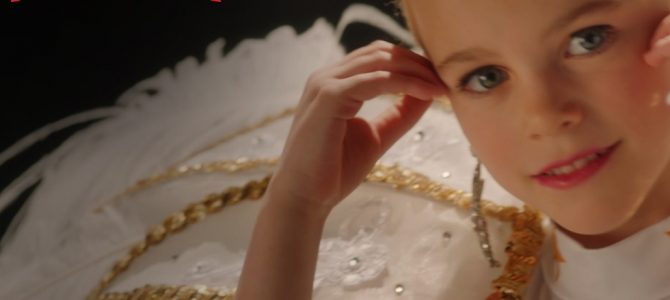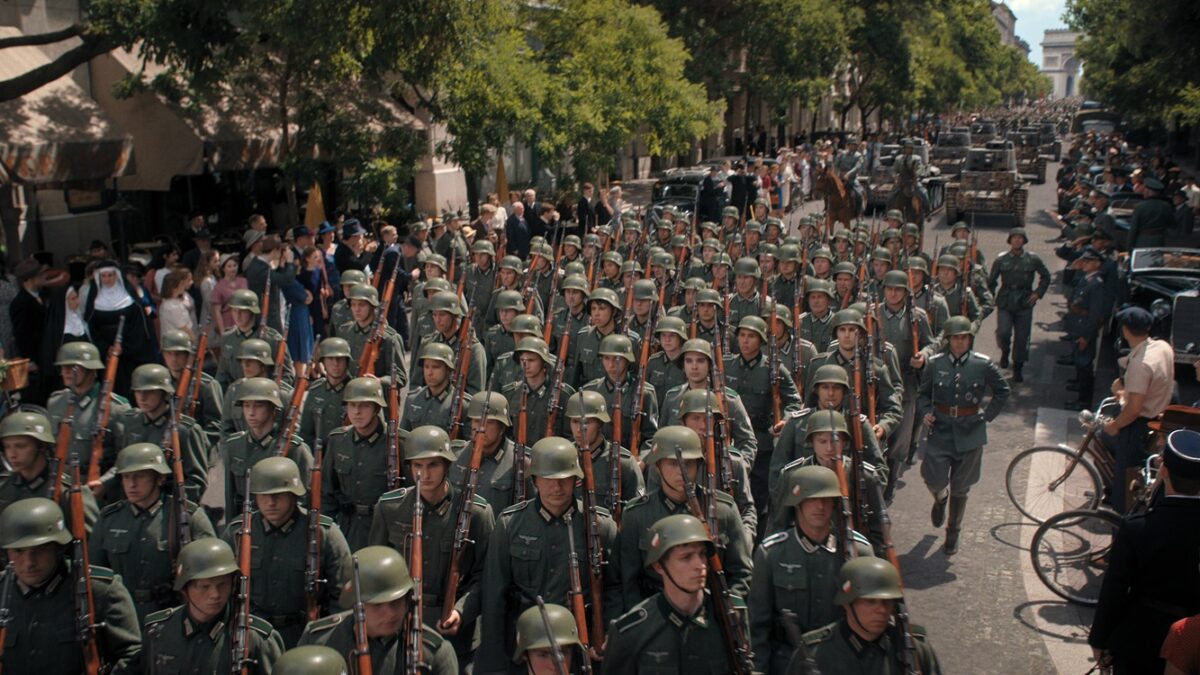One of the producers of Netflix’s “Casting JonBenet” recently referred to the documentary as the “craziest piece of community theater.” This is a great analogy for what might be the most unconventionally interesting true-crime documentary — if you can really even call it that — ever created.
Revisiting high-profile mysteries (most of which aren’t truly that mysterious, to be honest) is a popular genre. One victim who has gotten plenty of attention has been JonBenet Ramsey, the six-year-old girl who was found murdered in her Boulder, Colorado home on Christmas 1996. Her story generated immense national interest at the time, becoming one of the first cases to be shoved into the 24-7 cable news grinder. A lot of this coverage was driven by JonBenét’s participation in prepubescent beauty-queen competitions and the assumed sexual nature of the crime (due to the posing of the body), both of which turned out to have nothing to do with the murder.
Carrying around my own small obsession with the case, I watched “Casting JonBenet” with great curiosity. While the framing insinuates a documentary, “Casting JonBenet” avoids almost all of the traditional elements of the genre. For instance, there are no experts pointing to “newly unearthed evidence” or brand-new suspects. In fact, “Casting JonBenet” doesn’t even attempt to solve the mystery. Not really. It’s a film about how notorious cases embed themselves into the American consciousness.
The premise is simple: Australian documentarian Kitty Green filmed amateur actors from Boulder auditioning for roles in a purported movie about the Ramsey case. As the actors prepare for their readings, Green coaxes them to talk about the case and themselves. Some of the performers claim to have a nebulous connection to the time and place of the murder, while others only have faint recollections of the crime. All of them have plenty of thoughts.
Many of the rumors and wild conspiracy theories the actors throw around — a secret cabal of Boulder child abusers did it! — are patently ridiculous. But by allowing them to recount their presumptions and theories without any exposition or debunking, Green illustrates just how many smart, average Americans can internalize tabloid culture.
Maybe it’s a kind of method acting, but many of the actors begin to deconstruct the crime or take on the role of amateur psychological profiler. A would-be actress, who studiously watched hours of tape of the Ramseys, confidently explains why Patsy’s hand motions prove she is a fraud. A Chicago cop breezily relates that his precinct would use the Boulder police investigation of JonBenet as an instruction manual on how not to conduct their own. “Casting JonBenet” is about the actors, who range from the tightly wound to the quirky (a local cop who teaches S&M techniques on the side).
As far as the case goes, the most intriguing part of “Casting JonBenet” is watching these actors, who come with various degrees of skill, struggle to transform into characters of a gruesome tale. Some are compelled to grapple with large issues of evil — more specifically, if parents might be able to murder their child and then create sexually depraved distractions to cover it up. For many, it seems beyond their moral comprehension.
Watching the Patsys attempt to calibrate their tone to telephone the police about their daughter’s kidnapping is uncomfortable to watch, especially for someone who suspects her as having played a part in the crime. Watching the aspiring Johns discover JonBenet’s body in the basement (staged incorrectly in the documentary, but that’s another story) is similarly disconcerting. Then, witnessing the melodramatic Pastys and stilted Johns try to work together to make that infamous press conference seem real only highlights the implausibility of the Ramseys’ story.
“How do you go on camera and say these lines and make them sound real?” asks one of the Patsys. “You can’t” is the answer.
Then there are the powerful auditions of the children. Watching a boy Burke’s age (the brother that CBS tried to pin the murder on) trying to act the part reveals the awkwardness, shyness, and immaturity of children that age. Witnessing six-year-old girls auditioning for the role of a murder victim is, to say the least, off-putting; perhaps as offputting as those beauty pageants themselves. Yet it goes a long way in re-humanizing a little girl who has been fodder for entertainment.
Don’t get me wrong, there are limits to the effectiveness of this trick, especially for those with only a mild interest in the case. Yet, in a weird and sometimes spooky way, this case may have finally gotten the treatment it deserves.
Netflix’s “Casting JonBenet” premieres on April 28.









